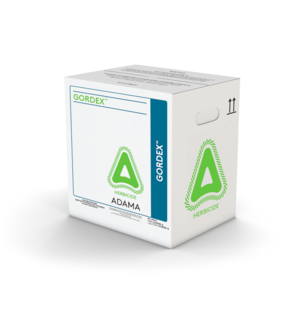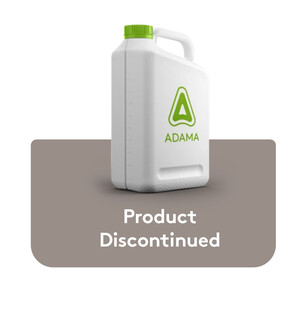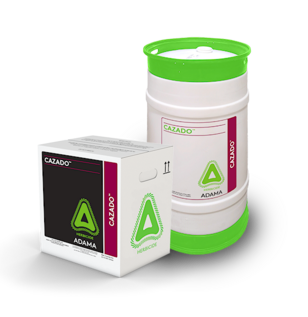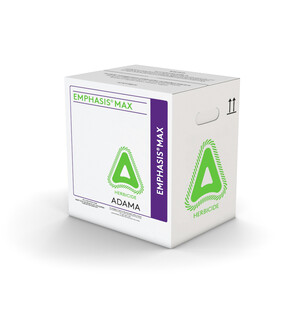PYTHON®
PYTHON® combines two powerful actives providing resistance management and broad spectrum weed control.
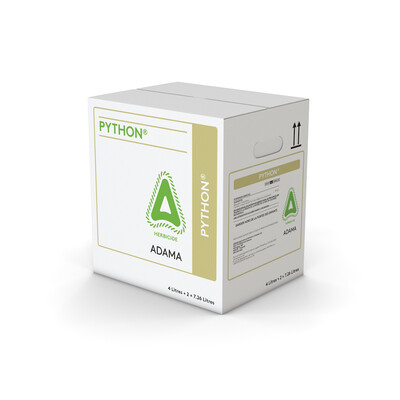
Put the squeeze on your weeds, not your bottom line with PYTHON® from ADAMA.
KEY BENEFITS
- Multiple modes of action
- Controls resistant wild mustard and volunteer canola
- Helps to combat group 2 resistant cleavers
- Flexibility of two separate products in the case
- Flexible cropping options the year after
- No complicated grower program to qualify for
General Info
HOW IT WORKS
The PYTHON® co-pack combines two powerful actives. PYTHON® A (imazamox) is systemic, readily absorbed through both leaf and root uptake and PYTHON® B (bentazon) is a contact herbicide. Good coverage and early application will give the best results.
PACKAGING
- Case: PYTHON® A: 1 × 4 L jug; PYTHON® B: 2 × 7.26 L jug
APPLICATION RATES AND ACRES TREATED
- Rate: PYTHON® A: 101 ml/ac; PYTHON® B: 364 ml/ac
- Acres Treated: 40 ac/case
WATER VOLUME
- Ground: 40 L/ac (10 US gal/ac)
- Aerial: Do not apply.
RAINFASTNESS
- 6 hours
- Requires UAN 28% @ 0.810 L/ac – not included.
CROP ROTATIONS:
- Barley
- Canary seed*
- Canola*
- Chickpeas
- Field corn
- Field peas
- Flax
- Lentils
- Oats
- Soybeans
- Clearfield® sunflowers
- Wheat (spring, durum*)
*If less than 150 mm of rainfall between time of application and August 31, it is strongly recommended to refrain from growing canola, durum or canary seed the following year. Contact your ADAMA representative for details.
There are several factors that effect the re-cropping following an Imidazolinone application.
These include in order of importance:
1. Product: With imazethapyr for example being more persistent than imazamox.
2. Soil moisture: Need > 125 mm (5") of rain between herbicide application and August 31 in the year of application.
3. Organic matter: Brown soil zone (< 3% organic matter) are more susceptible to carry over crop injury the year after application.
4. Rate: As affected by the crop – soil residues are the issue.
5. Soil pH: Persists longer in a pH < 5.5 – 6. Depending on the following crop the level of sensitivity will vary. Please contact your local ADAMA ABM for more details.
Always read and follow label directions.
